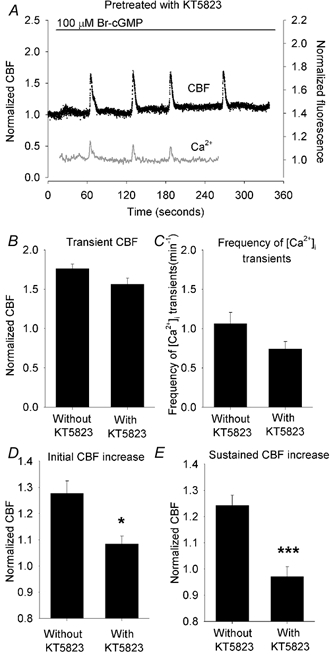Figure 6. The effect of KT5823 treatment on changes in CBF and [Ca2+]i induced by 100 μM Br-cGMP.

A, Br-cGMP (bar) induced a very small initial increase in CBF (black dots) that rapidly returned to the basal rate without inducing significant increases in [Ca2+]i (grey line). However, Br-cGMP still induced a series of transients in [Ca2+]i accompanied with transient increases in CBF. The basal CBF was 15.2 Hz. B and C, summaries of the effects of KT5823 treatment on Br-cGMP-induced transient changes in CBF (B) and the frequency of [Ca2+]i transients (C). KT5823 had no significant effect on the transient CBF (1.56 ± 0.08, n = 6 versus 1.77 ± 0.06, n = 11, P > 0.05) or the frequency of [Ca2+]i transients (0.74 ± 0.09, n = 4 versus 1.07 ± 0.14, n = 4, P > 0.05) as compared to controls. The basal CBFs from each group were similar (14.1 ± 0.9 Hz, n = 6 and 12.4 ± 0.6 Hz, n = 11, P > 0.05). D and E, summaries of the effects of KT5823 on initial (D) and sustained (E) CBF induced by Br-cGMP. Br-cGMP at 100 μM induced a significantly lower initial increase in CBF (1.08 ± 0.03, n = 6) compared to cells without KT5823 treatment (1.28 ± 0.05, n = 11, P < 0.05) and a significantly lower sustained CBF increase (0.97 ± 0.04, n = 6) compared to cells without KT5823 treatment (1.24 ± 0.04, n = 11, P < 0.001). *P < 0.05, ***P < 0.001.
